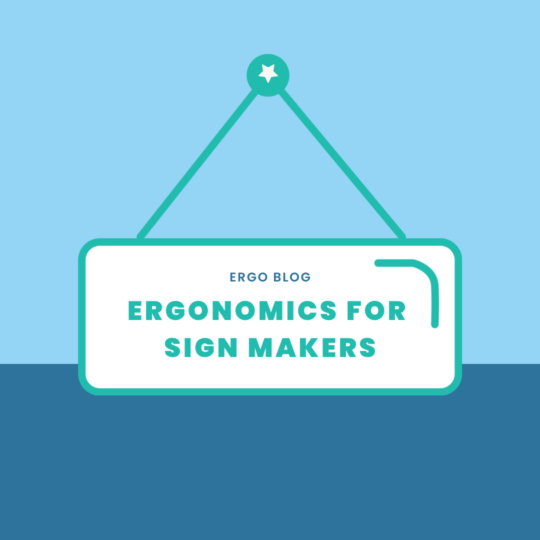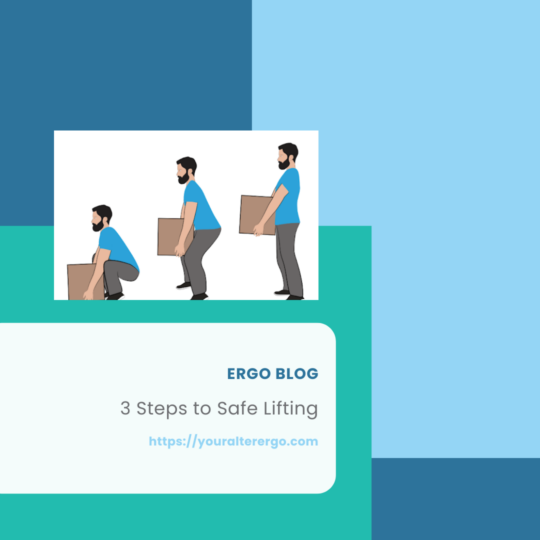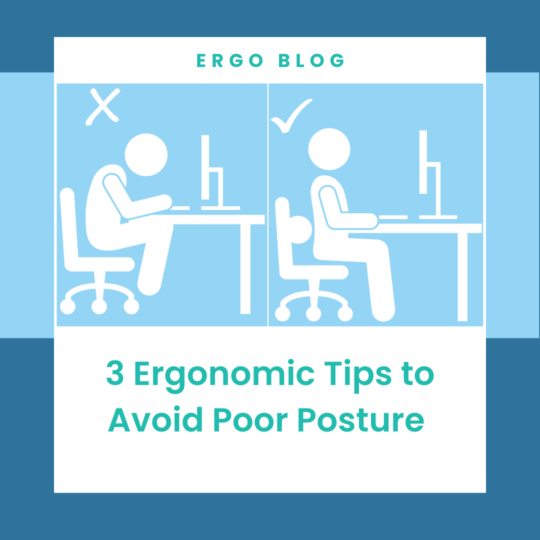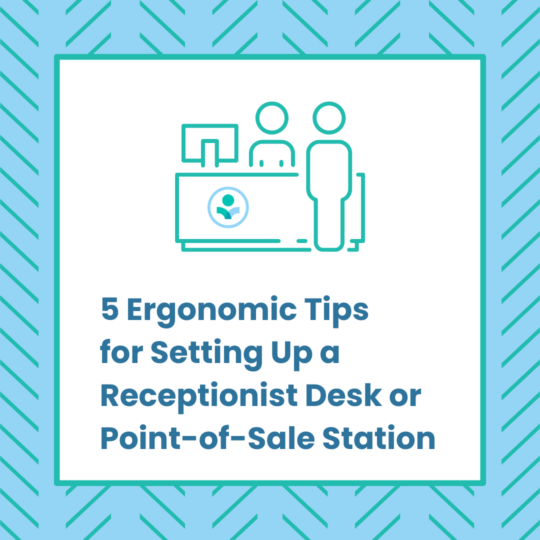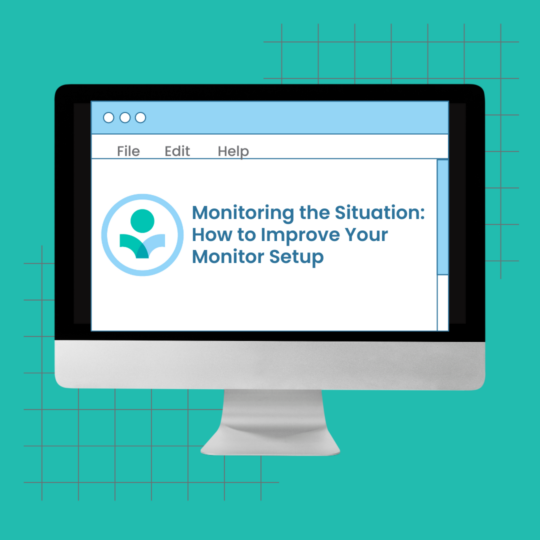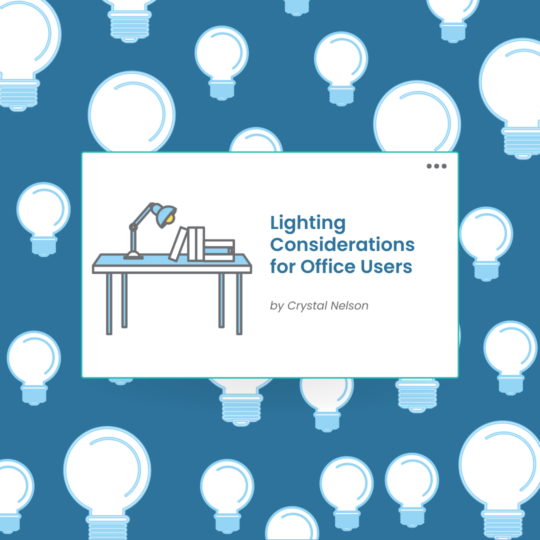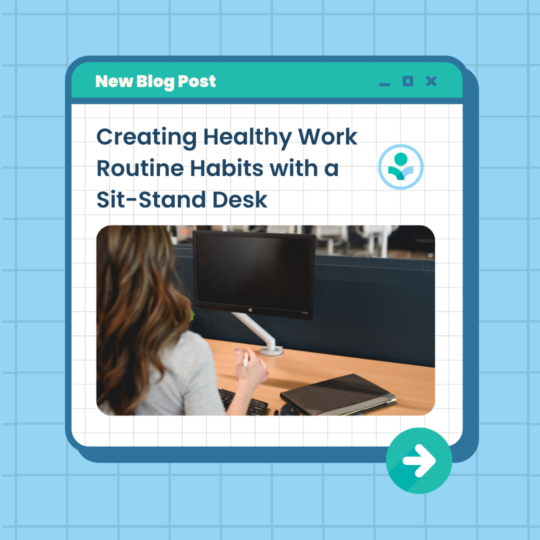Creating a beautiful image and product for other companies is what sign makers do best. However, the process of making this happen can involve an extensive amount of manual labor. No matter what industry we are working in, there are several ergonomic concepts to keep in mind to make sure we are taking the best…
According to the Bureau of Labor Statistics, work-related musculoskeletal disorders that result in days away from work most commonly involve the back alone. Musculoskeletal disorders are chronic injuries to your muscular and skeletal system due to unsafe body mechanics and positioning or repetitive motions. The majority of back injuries are occurring while performing lifting tasks….
Being mindful of your body mechanics and continuing to practice good techniques helps to prevent injuries. Limiting the movement of your body throughout the day may put you at a higher risk for a musculoskeletal disorder, which are chronic injuries to your muscular and skeletal system due to unsafe body mechanics and positioning or repetitive…
Posture – the position in which we hold our bodies, is something that affects our lives daily. We rely on our postural muscles to maintain balance, counter the effects of gravity, and help us move in ways that are the least straining for our supporting muscles and ligaments. Having good posture can help you have…
When I complete ergonomic assessments throughout the week, there is one thing that I talk about far more often than anything else, and that is keyboard and mouse height. One place where I see keyboards and mice the most is right on top of a desk. This makes sense to me because most desks don’t…
When setting up an ergonomic workstation at your office, much of the emphasis is placed on your position in relation to your office equipment. In a typical office setting, most of your day is spent sitting in front of a computer screen, so things like monitor and keyboard positioning are extremely important to get right. …
Monitors are an office worker’s best friend. They allow you to multitask, work faster, and work more efficiently. Most people look at monitors all day long, oftentimes with minimal breaks. A study in 2018 showed that an average office worker spends nearly 1700 hours in front of their computer screen each year. All of this…
Setting up a computer workstation seems simple enough. All that is needed is a monitor, computer system, keyboard, mouse, and a chair, right… or maybe not? It doesn’t take long to notice the cues that our body is sending out to let us know that we are not comfortable. These cues could be subtle feelings…
If you’ve just upgraded your standard desk to a new height-adjustable standing desk, congrats! You will now be better able to assume a variety of positions throughout your workday, which is a very important aspect of implementing ergonomics into your work environment. These first few weeks with your new standing desk are the most critical,…
A height-adjustable desk is a great option to improve ergonomics in your office space. The human body does not tolerate being in one position for prolonged periods of time, so having the option to change positions from sitting to standing throughout your workday is beneficial. However, it is possible to use a height-adjustable desk in…

